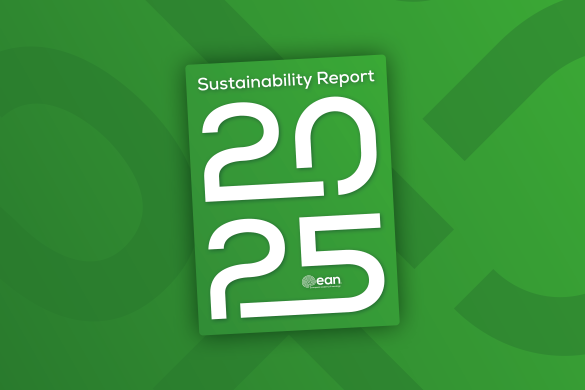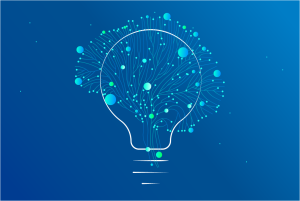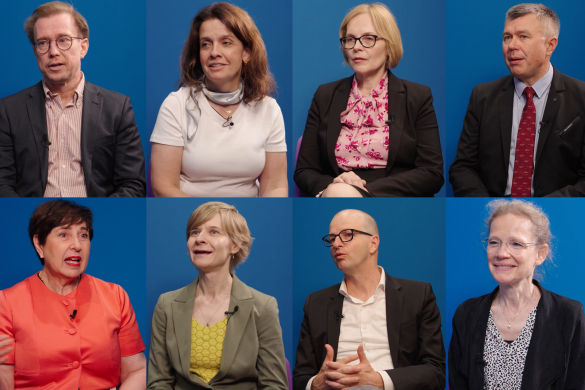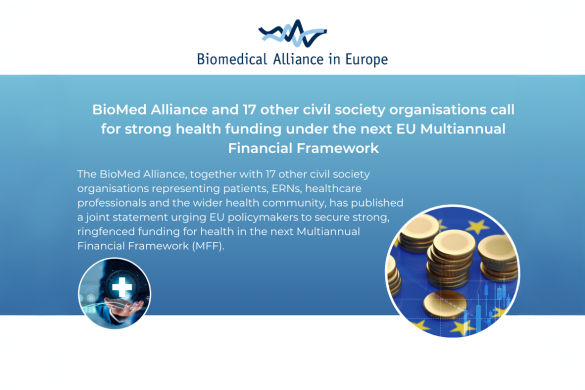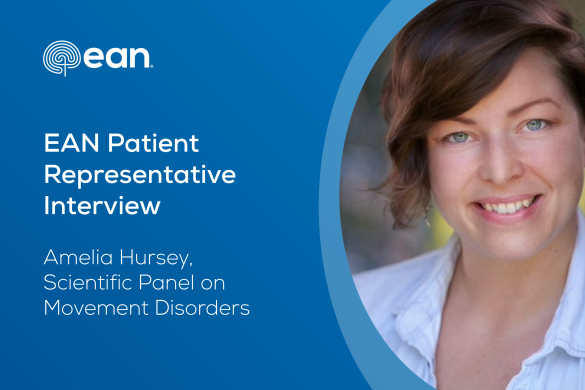Have you ever gotten lost while travelling and had to pull out a map to find your way? If neurology is a vast country with many roads undiscovered, then guidelines are its necessary map to traverse it. As one of the most crucial arms of EAN, every year a special session is dedicated to showcasing the guidelines produced or soon to be published by EAN. This year, the well-attended session featured one of the key strategic initiatives of the EAN Guideline Production Group (GPG) as well as two new guidelines.
The session kicked off with Dr. Katina Aleksovska’s presentation on Establishing criteria for prioritization of topics for EAN Clinical practice guidelines, where she explained the GPG’s goal: to ensure that high-impact and high-quality guidelines are prioritized. Dr Aleksovska then detailed how these criteria are selected, namely through systematic review and Delphi consensus, involving EAN key stakeholders. Lastly, Dr Aleksovska discussed the next steps, which include implementation and swift publication in the European Journal of Neurology (EJoN).
Next, Prof. Peter van Doorn talked about the EAN-PNS Guideline on Guillain Barré Syndrome (GBS), the first evidence-based guideline on the diagnosis and treatment of GBS. Prof. Doorn presented the Guideline Task Force’s recommendations (i.e. strong or weak, for or against) on several diagnostic and treatment methods such as Electrodiagnostics, CSF examination, and Immune-treatment, as well as three flowcharts that can be used for practical work. The final version of the guideline will be available in Q4 2021 on EJoN.
Finally, Prof. Peter van den Bergh presented the EAN-PNS Guideline on diagnosis and management of chronic inflammatory demyelinating polyradiculoneuropathy (CIDP). This guideline is an update to the 2010 Guideline, given the new pieces of evidence that have been published since. He discussed the ‘upgrades’ done to the guideline; especially the changes in recommendations in diagnosis (i.e. definite and probable CIDP are similar) and treatment. Like GBS, the Task Force also produced practical flowcharts. The guideline is already with the journal and will be published in the coming weeks.
To close the session, the presenters each shared a piece of advice to anyone who is interested in creating guidelines: even if guideline production is difficult and intimidating, it is essential for the future and worthwhile if it is good and, most importantly, if it can be used by clinicians.
So if you ever get lost while ‘travelling’, visit a guideline or create one, and help others find their way too.
If you are an EAN Member, we invite you to watch the webcast, which is available on demand on the EAN website.





